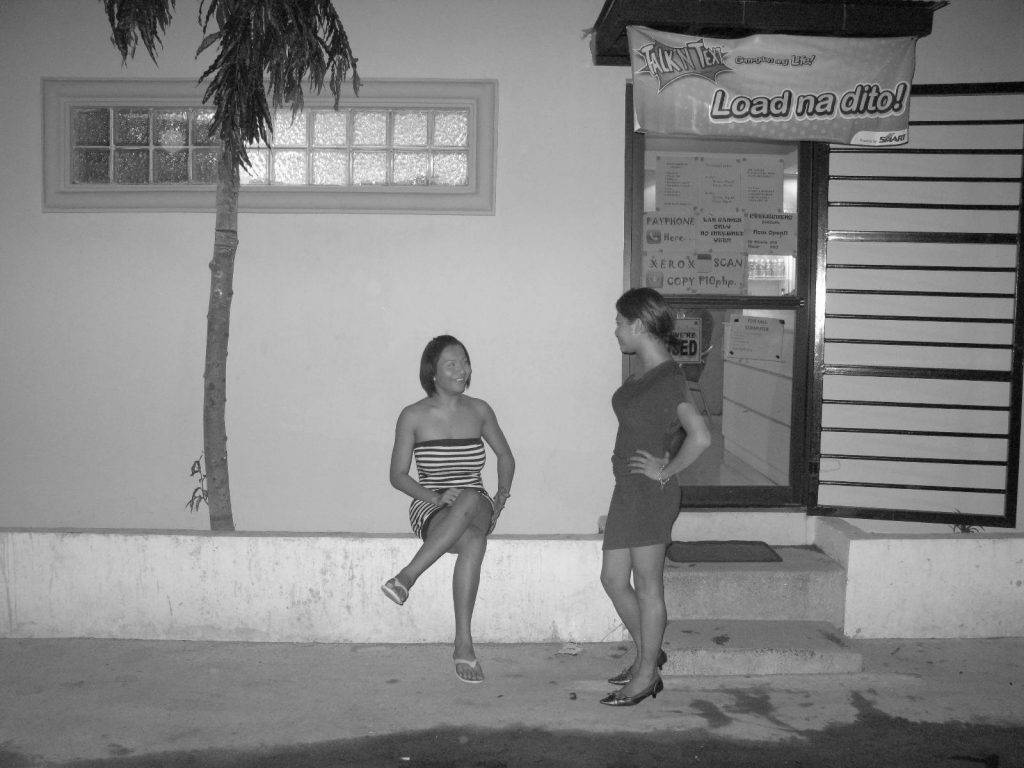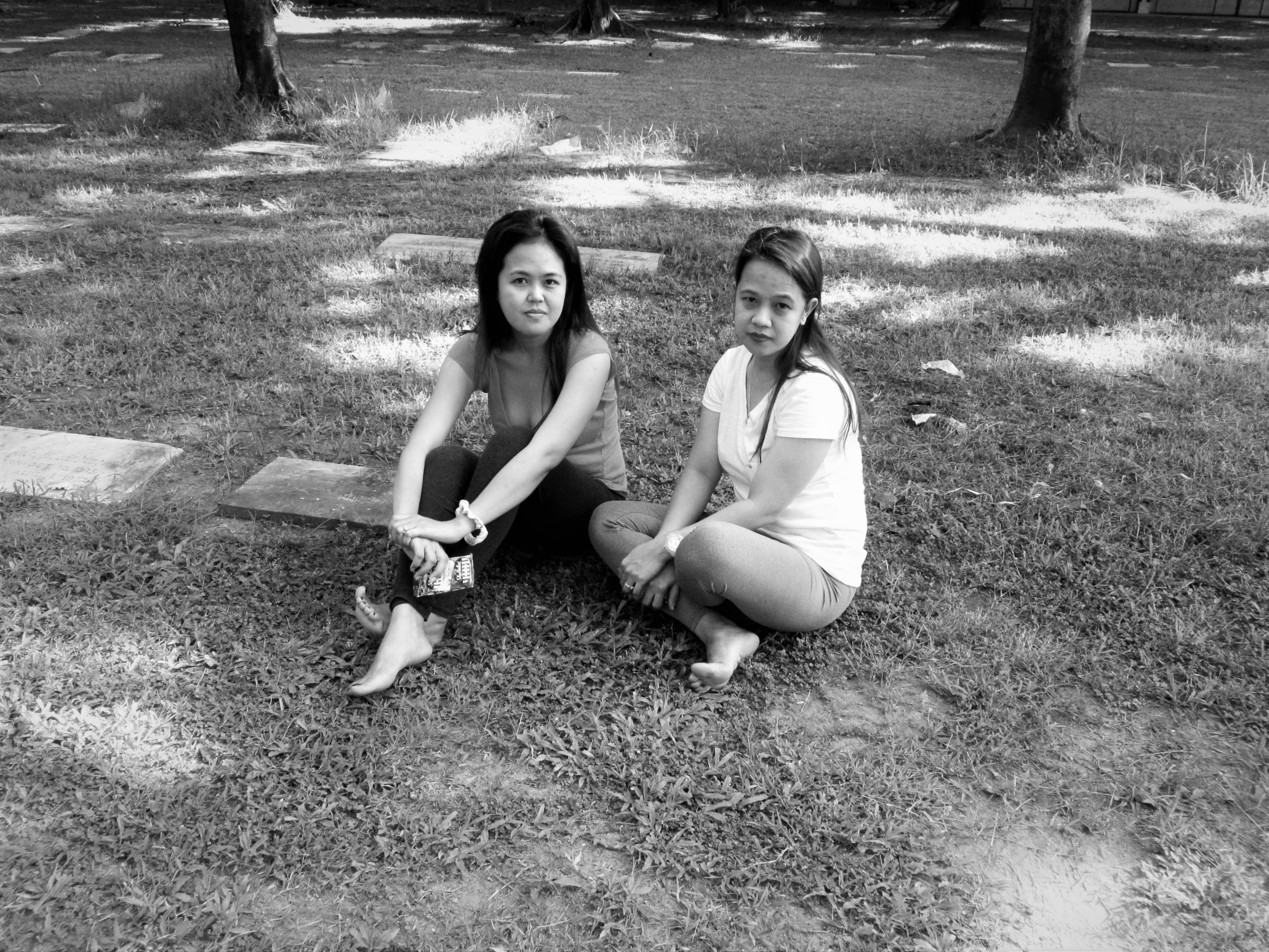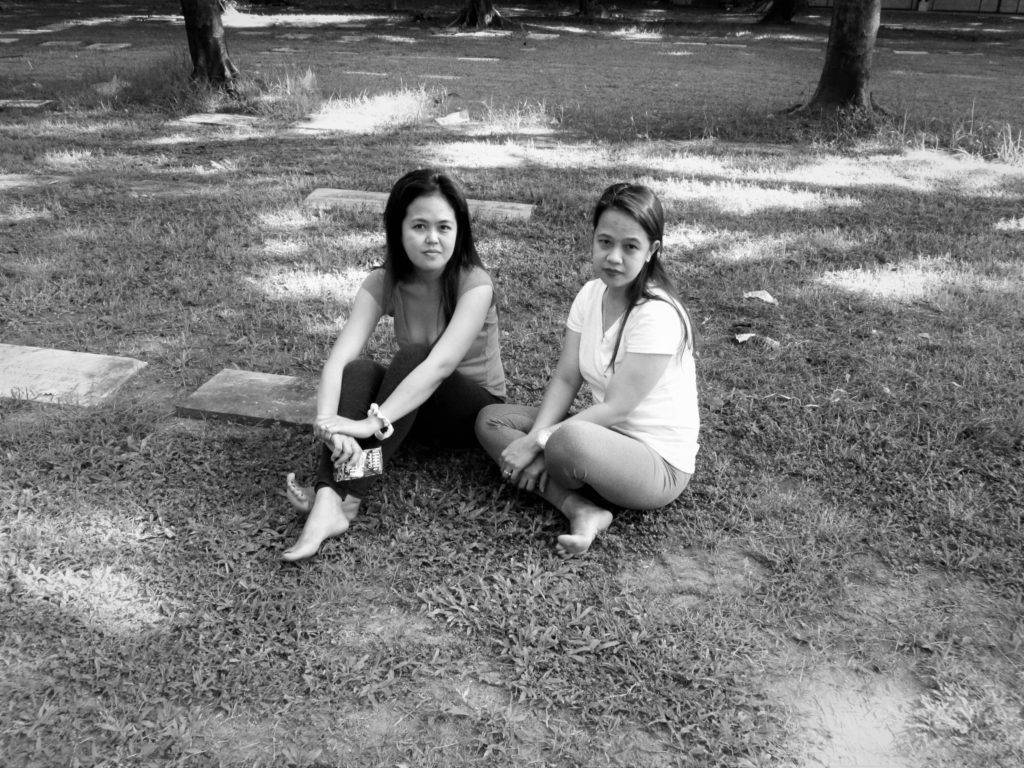
Originally written March 2011
How far can someone advance in society based solely on looks? Traditionally, males value physical appearance above all. Men, regardless of sexual orientation, search endlessly for the perfect mate. Age, education, religion and social status are often important factors in choosing a mate, but men, overtaken by lust or love, in a lapse of reasoning, put physical appearance atop their list, while females wait pensively for men to adore them. Pictures of female figures printed in the pages of a magazine set unattainable beauty standards for most women. Wishfully, women perceive them as mirror images of themselves.
If truth exists to a picture saying a thousand words, women typically read pictures of models in publications such as Vanity Fair, Vogue and Allure as detailed trade-book instructions on how to be “beautiful”. They analyze each pixel – each article of clothing. They represent a puzzle piece – the missing link to the perfect ensemble ready to be bought, sold, worn, and tossed out as next season’s rags. “It is the clothes that make the man,” is a phrase more commonly uttered than clothing “making” the woman. Ironically, popular men’s magazines – Playboy, Esquire, and Maxim – sparsely feature male models promoting the latest fashions amid pages filled with text and femme fatale images imbued in glamour. Male slaves of fashion represent a debutantes’ caricature. Men who believe that someone can never become too fashion conscious and define themselves by designer labels fall into the category of camp or the updated metrosexual. “They appreciate the finer things,” cosmopolitan females comment. For women, they are seldom a lover, a husband, a boyfriend, but a best friend; they are “less threatening” with fashion plans for everyone, but none to rule the world. In western society a man among common men is ostracized – or to lesser extent, affectionately teased for detail to style. Male’s outward preoccupation with the dress on a woman instead of the body it covers insights suspicion in many social circles. His sexual orientation goes before a jury of peers.
“Functionality,” “mechanics,” “strength,” and “prowess” are words synonymous with the male mystique. For men, boundaries for fashion are well-defined. Men who attempt to broaden fashion’s parameters often fail miserably. Fashion for men remains a bland black & white three-piece world allowing little variation. It is not inasmuch the clothing for men, but their ability to compete in one-style-fits-all attire. Men dressing out of the ordinary are rarely taken seriously for pushing styles’ envelop. Power-driven American males brought up with the American football philosophy, “winning isn’t everything, it’s the only thing” would reluctantly accept an award honoring the “best dressed” or “best looking,” for taking such a title intimidates the male bravado. Like winning a losing race, it is a trite, self-defeating distinction, lacking selfless heroism relegated to uniformed men….

